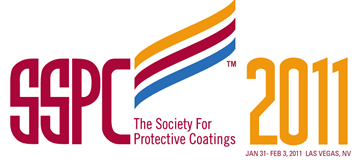Search
Products tagged with 'material performance'
View as
Sort by
Display
per page
“Introducing The Nation’s First Bachelor of Science Degree in Corrosion Engineering and the National Center for Education and Research on Corrosion and Materials Performance
Product Number:
41211-627-SG
Publication Date:
2011
$20.00
51318-10530-The Nuclear Energy Agency Contribution to Nuclear Materials Performance Knowledge Preservation
Product Number:
51318-10530-SG
Publication Date:
2018
$20.00
51318-11132-Surface Soluble salt concentration effect on long life offshore coatings systems performance
Product Number:
51318-11132-SG
Publication Date:
2018
$20.00
Erosion Behavioral Study for High Nickel Alloys
Product Number:
51324-20638-SG
Publication Date:
2024
$40.00
Investigation Of Corrosion In WAAM Manufactured Materials
Product Number:
51322-18133-SG
Publication Date:
2022
$20.00
RP0775-1991, Preparation and Installation of Corrosion Coupons and Interpretation of Test Data in Oilfield Operations
Product Number:
53031-HD1991
Publication Date:
1991
$179.00
Significance of Evaluation Methods for Surface Applied Corrosion Inhibitors
Product Number:
51218-113-SG
Publication Date:
2018
$20.00








